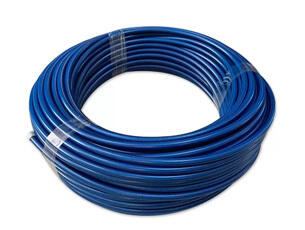
The company offers a comprehensive range of stainless steel brake line replacement parts to facilitate repairs and upgrades. These replacement parts include stainless steel braided hoses, fittings, adapters, protective sleeves, and mounting hardware, all designed to match OEM specifications or enhance performance. The replacement hoses feature durable stainless steel braiding over a Teflon core, ensuring compatibility with DOT 3, 4, and 5.1 brake fluids. Fittings are available in various styles, including straight, elbow, and banjo, to suit different brake system configurations. Stainless steel brake line replacement parts undergo rigorous testing to ensure they meet or exceed the performance of original components. Whether replacing a worn hose or upgrading to stainless steel, these parts provide a reliable solution for maintaining or improving brake system functionality.

Copyright © 2025 by HENGSHUI BRAKE HOSE MACHINERY CO.,LTD — Privacy Policy